How to properly turn the mattress?
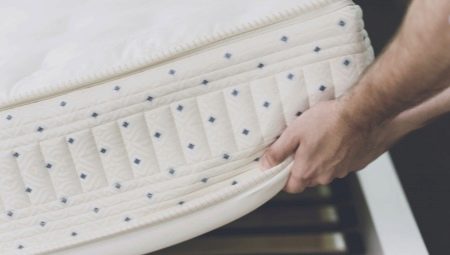
The mattress, like any bedding set, needs proper care. One way to keep it in good starting condition while ensuring even wear is to turn the product over.
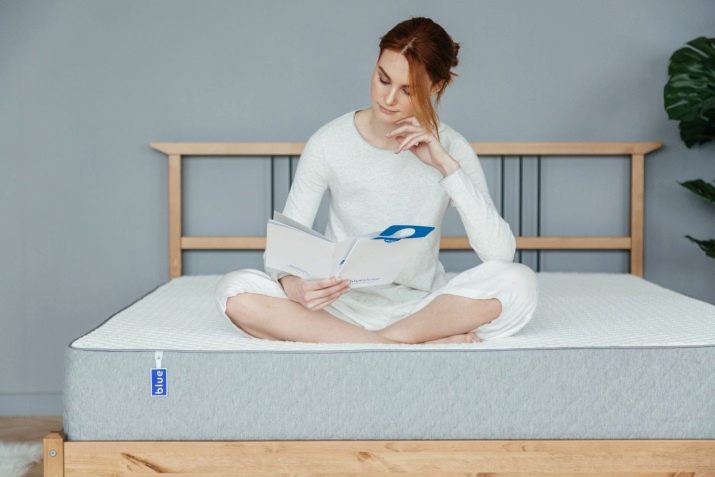
How often and why do you need to change the position of the mattress?
The time after which the mattress needs to be turned can be from a week to six months. For example, most users turn the mattress over every three months.
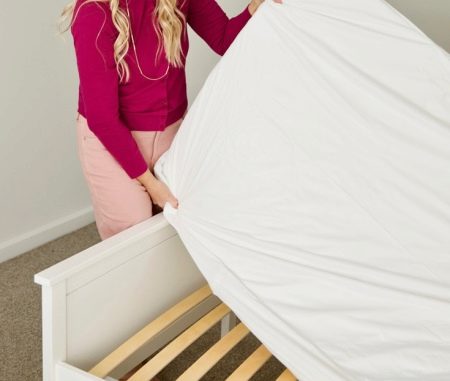
Old mattresses produced in the USSR were part of the bed. They were installed on its frame with the rigid side down. They did not have the opportunity to be turned over from the soft to the hard side, and if users turned the mattress upside down, then they immediately paid for this with absolute rigidity. But the sofa also needed to be turned over regularly. The resistance of a material that does not change its position in any way and does not have the ability to redistribute the load over the packing (and springs), after a few months or years, it will finally be sold, and the product will require, at best, overhaul.
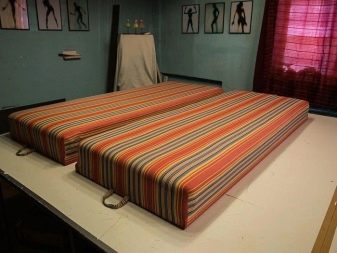
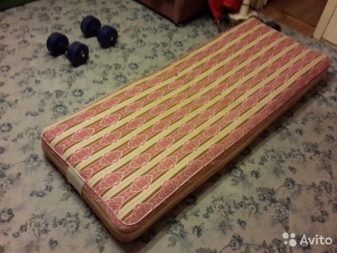
Today, a spring structure, unattended in this regard, is found only in sofas, armchairs, upholstered chairs - they are rigidly fixed, and at best it will be possible to turn the product only by changing the ends of their locations.
Modern mattresses, among which the type with independent springs packed in covers has appeared and stood out, need not only turning, but also the conscious lying of users on those springs that are less worn out. The fact is that complexion and height in humans vary widely: both a thin person weighing 62 kg and a heavy weight weighing 124 kg equally affect the central areas of the mattress along its length.
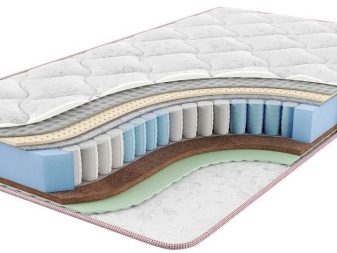
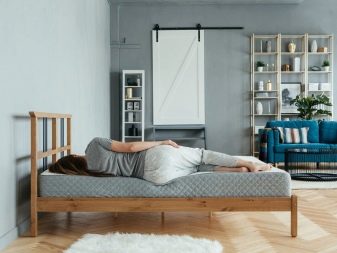
If the head part, where the pillow lies, wears out much less than the places where the body rests during sleep, then you need to turn the mattress not only from one side to the other, but also turn it 180 degrees with its ends.

Flip rules
Do not wait for sagging spots to appear on the mattress. The earlier the uniform wear begins, the longer the product itself will last. The laws of physics say: the wear of any spring layer, including springs and packing, should be approximately equal - both in strength and in duration. Springs that have not experienced overload due to this pressure distribution will last longer.
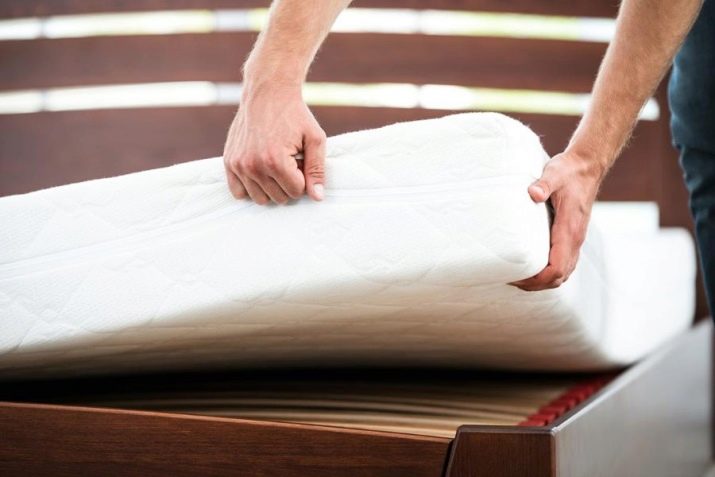
Change the sides of the mattress every three months, turning your legs and headboard to the other side. Products of equal rigidity on both sides are also turned upside down every season. Coconut fiber, considered one of the best fillers in terms of elasticity and environmental friendliness, obeys the same regularity of turning.
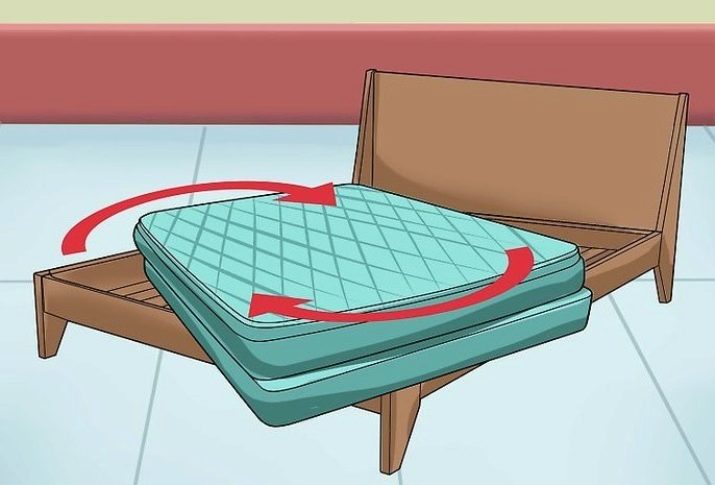
Some mattresses have a warmed side, for the winter it is correct and permissible to turn it closer to the body, while in the spring it is vice versa. The "head" and "foot" sides are unfolded every 1-3 months.
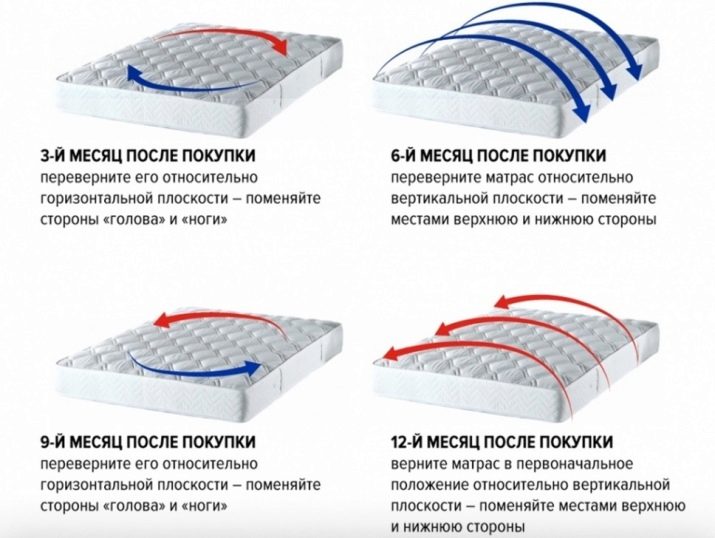
Consequences of improper use
Improper use of the mattress is fraught with a number of malfunctions.
- Breakage of springs due to use of the mattress for other purposes. For example, you cannot put tables, chairs, cabinets and other sharp pieces of furniture on it with the legs down - the mattress topper, top and underlying coverings of the product are pierced. If an out-of-limit load falls on the spring, it will either be squeezed and flattened along its length, forming a local failure, or it will break when the out-of-limit loads are repeated. This applies equally to the dependent spring blocks and to the independent structure. In independent spring blocks, the inner covers are torn, bending towards the neighboring springs, the overloaded elastic element rubs against them. When you do put the furniture on the mattress, set the table or cabinet, pouf with the top side (table top, soft covering) down.
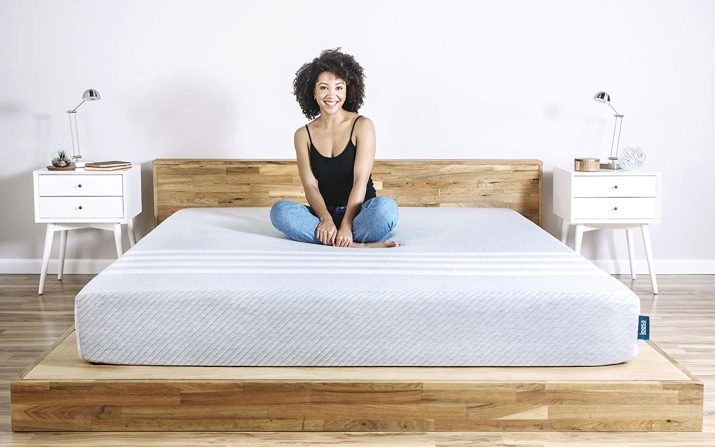
It is recommended to turn the chairs over, placing them on the edge of the mattress with the seats down, and not with the legs and side ribs. Such a situation is only a necessity for transportation when the owners move to another place of residence, and in no way an everyday situation when cleaning rooms.
- A heavyweight man, constantly sleeping on his side, traverses the springs in the center along approximately the same line. The disadvantage of mattresses with independent springs is that there is no load distribution over the entire base. Wadded and woolen featherbeds, playing the role of mattresses, are insensitive to such a problem - having found that the featherbed has gone astray, you can shake it by redistributing the inner padding; there is nothing to break in them.
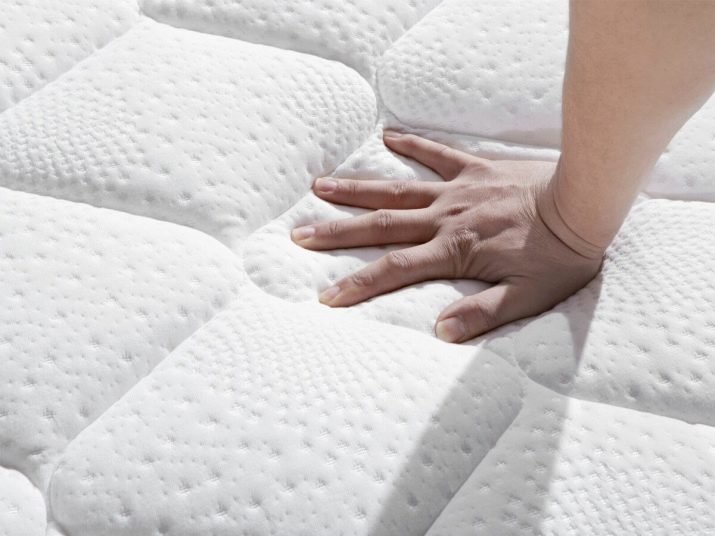
Walking on the bed, children jumping on the mattress are also unacceptable. Remember and explain to the children the following: the bed, sofa, mattress, sofa is not a trampoline. The springs are damaged because the moment of force during repulsion is 10 times higher than the same force (by weight in kilograms) when sitting or lying on much more compressed springs. Cheap products with a low level of quality quickly deform at the slightest overload. In spring mattresses, springs break, in springless mattresses, cotton wool gets knocked off, foam rubber or fiber is worn out, foam backing sags, wool falls into lumps.









